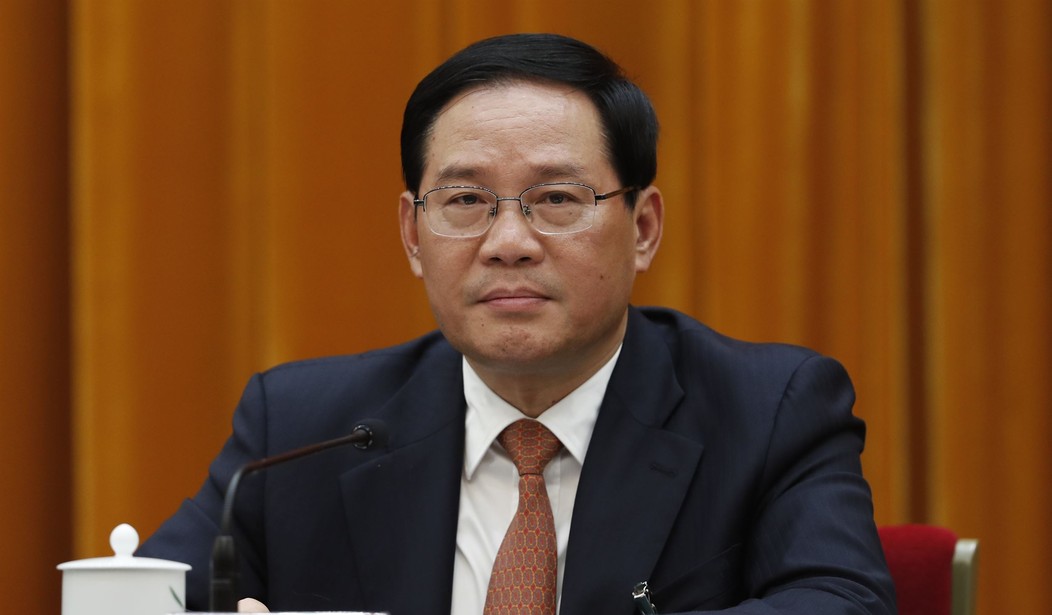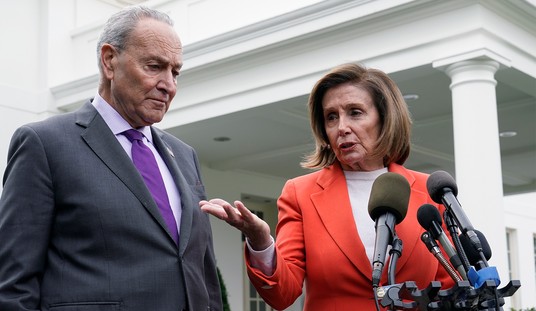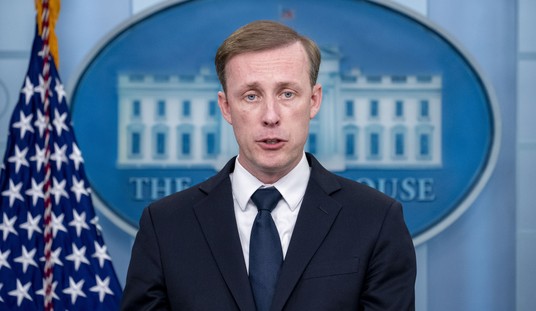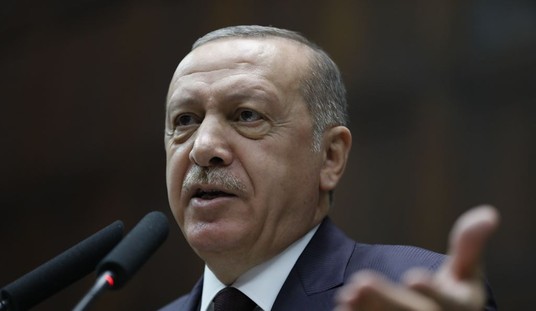The first “China Shock” hit the global economy two decades ago when China rapidly expanded manufacturing exports and significantly increased its share of global markets in manufactured goods. Industrialized countries responded with tariffs and other protectionist measures to protect their manufacturing industries. A “New China Shock” has occurred in recent years as Chinese manufacturing firms recovered from the coronavirus pandemic and again flooded global markets with low-cost Chinese imports.
The origins of the first China Shock can be traced back to reforms in the Chinese economy enacted by Deng Xiaoping in the 1970s. Early reforms allowed Chinese manufacturing firms to experiment with the market economy, importing advanced technology and competing in global markets. But the reforms were limited to a few industries and were tightly controlled so that they did not undermine socialism elsewhere in the economy. Nonetheless, the reforms exposed the Chinese economy to international trade and investment and were accompanied by high rates of economic growth. China continued to rely on state-owned enterprises in heavy industries as the centerpiece of their state-led capitalism.
There are major differences between the New China Shock experienced in recent years and the initial China Shock that occurred two decades ago. One major difference is that the Chinese economy is now experiencing a slow recovery from the coronavirus pandemic amid sluggish economic growth. The Chinese government projects economic growth at 5 percent, well below the rates of economic growth over the past few decades. The Chinese are struggling with structural problems in the economy, most importantly excess capacity and non-performing loans in residential construction. Some economists project that these structural problems will result in rates of economic growth even lower than the 5 percent figure recently forecast by the Chinese Communist Party.
Underperformance has led Chinese leaders to implement policies to promote higher economic growth. In his address to the Belt and Road Forum last year, President Xi Jinping set the goal to free up foreign access to the Chinese economy. Premier Li Qiang expanded on this market-opening agenda by implementing policies to remove old restrictions on foreign investment in the manufacturing sector.
Perhaps the best example of this opening of the Chinese economy to international trade and investment is taking place in the nascent electric vehicle (EV) industry. China recently approved a venture by Elon Musk to produce self-driving vehicles in China. Musk views this venture as the future for Tesla. He also plans to produce low-cost EVs in China in direct competition with Chinese EV firms. China has captured a dominant share of the market for low-cost EVs in both the domestic and international markets. China’s new industrial policy will expose their firms to increased competition from Tesla and other foreign firms. The expectation is that exposure to high technology in the EV industry will enable domestic firms to compete over the long run. The result of these policies is that the EV market in China is one of the most competitive in the world. Chinese authorities are now willing to expose their EV firms to global competition and allow markets to determine their success or failure.
The New China Shock should be seen in the context of the opening of the Chinese economy to international trade and investment in manufactured goods. In industries like EVs, China is becoming more integrated into global markets, and that integration requires cooperative agreements with foreign investors and foreign firms.
Unfortunately, foreign countries are responding to the New China Shock with even more protectionist policies. The United States has already imposed higher tariffs and other protectionist measures targeting Chinese imports. Moreover, both presidential candidates promise even higher tariffs on Chinese EVs and other manufactured goods.
The United States and other industrialized countries should view the new industrial policies pursued in China as an opportunity as well as a challenge. This is a unique opportunity to work with Chinese leaders to integrate their economy more fully into the global system of trade and investment. This effort could initially focus on a few industries, such as EVs, where there is already cooperation, and then expand to a broader range of industries.
Integration of China into the global economy could help restore economic growth. During the Great Moderation of the 1980s and 1990s, rapid expansion of international trade and investment was accompanied by high rates of economic growth. Restoring economic growth will require industrialized countries to reaffirm their commitment to free trade and investment in a global economy.
Continuing along the present path of deglobalization will likely result in less total economic growth. Protectionist measures imposed on China are forcing firms to search for alternative, higher-cost suppliers. Geo-economic fragmentation is estimated to reduce global output by 12 percent. It is conceivable that protectionist measures pursued by the United States and other industrial countries toward China and its allies could lead to a collapse in international trade and investment comparable to that during the Great Depression. Even worse, geo-economic fragmentation could end in military conflicts, just as it did during the 1930s.
Barry Poulson ([email protected]) is a policy advisor with The Heartland Institute.
RELATED:
Biden Admin Is Right to Raise Tariffs on Chinese Electric Vehicles, but It's for the Wrong Reason
Is China More Capitalist Than the United States?
Chinese Electric Vehicle Companies Claim American Manufacturers 'Aren't Ready'














Join the conversation as a VIP Member